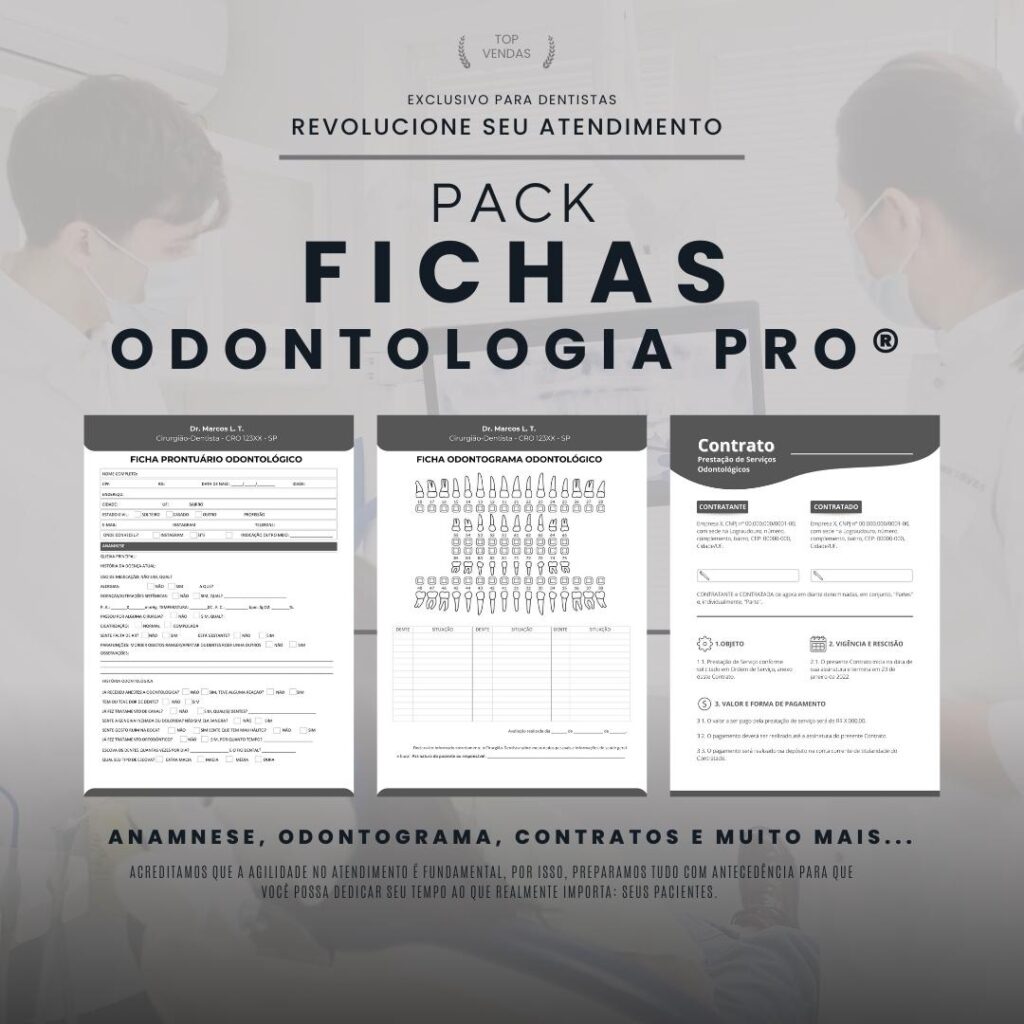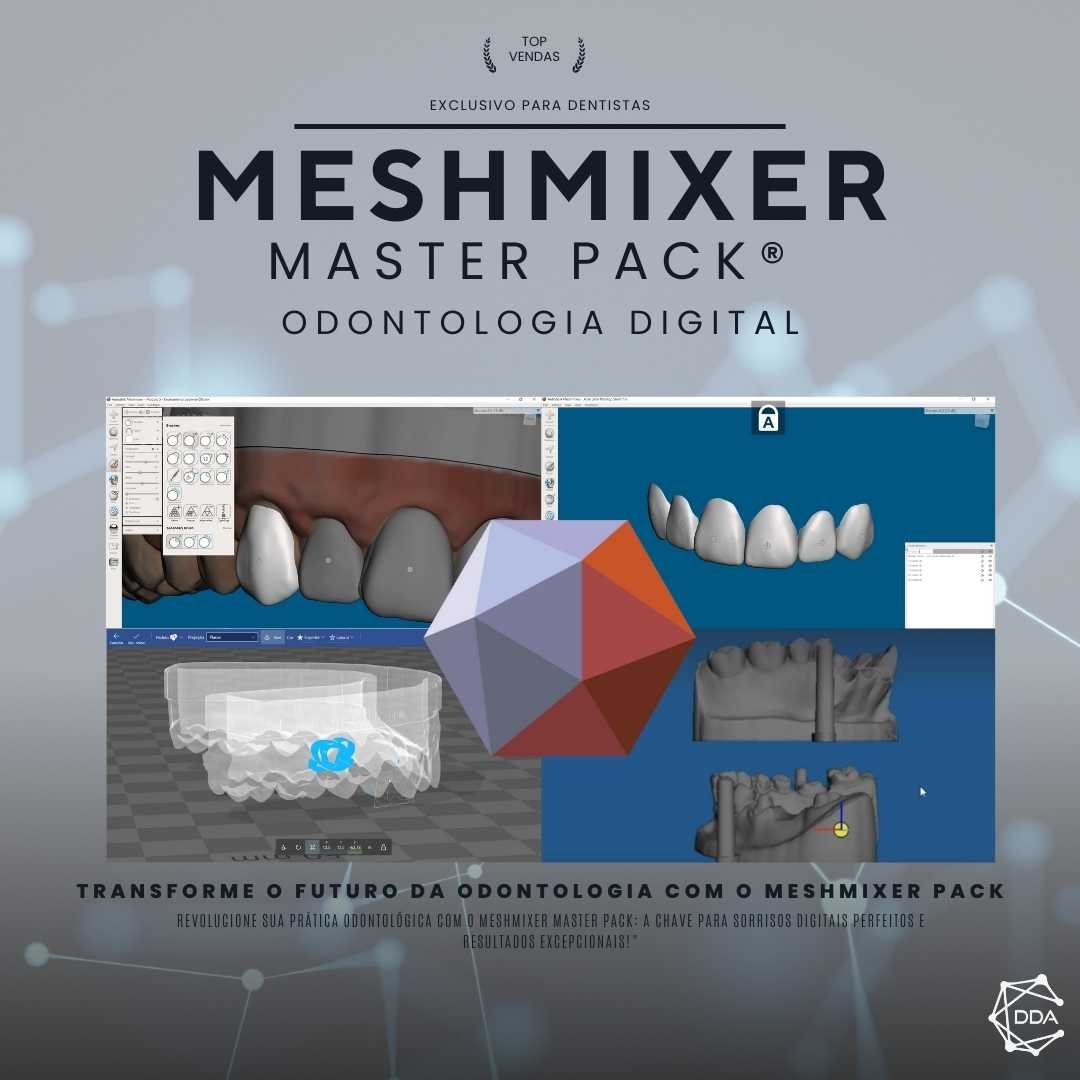What is Bitewing Digital?
Digital Bitewing is a dental radiography technique that uses digital images to diagnose dental problems. This technique is widely used by dentists and orthodontists to identify cavities, periodontal disease, occlusion problems and other oral conditions.
How does Bitewing Digital work?
To perform Digital Bitewing, the patient is positioned in a dental chair and a small bite support is placed in the mouth. This support contains a digital sensor that captures images of the teeth. The dentist or dental radiology technician positions the X-ray machine near the patient's mouth and fires the radiation beam. The digital sensor captures the images and sends them to a computer, where they are viewed and analyzed.
Advantages of Bitewing Digital
Bitewing Digital has several advantages over conventional x-rays. One of the main advantages is the reduction of radiation exposure. Digital images require significantly less radiation than traditional x-rays, making the procedure safer for the patient.
Additionally, Bitewing Digital offers better image quality. Digital images are clearer and more detailed, allowing the dentist to identify dental problems with greater accuracy. This facilitates diagnosis and treatment planning.
Bitewing Digital Applications
Digital Bitewing is widely used in dentistry for various applications. One of the main applications is the detection of cavities. Digital images allow the dentist to identify cavities in the early stages, when they are still small and can be treated more easily.
Additionally, Digital Bitewing is used to assess periodontal health. The dentist can identify periodontal diseases, such as gingivitis and periodontitis, through digital images. This allows for more effective and precise treatment.
Benefits of Bitewing Digital
Bitewing Digital offers a number of benefits for both patients and dental professionals. For patients, the procedure is faster and more comfortable, as there is no need to wait for the film to be developed. Additionally, digital images can be stored electronically, making them easier to access and share with other healthcare professionals.
For dental professionals, Bitewing Digital allows for more accurate diagnosis and more efficient treatment planning. Digital images can be enlarged, adjusted and analyzed in detail, making it easier to identify dental problems.
Limitations of Bitewing Digital
Despite all the advantages, Bitewing Digital also has some limitations. One of the limitations is the need for specific equipment, such as the digital sensor and the digital X-ray device. This equipment can be expensive, which can make access to this technique difficult in some dental clinics.
Additionally, Bitewing Digital may not be suitable for all patients. Patients who have difficulty opening their mouth or have coordination problems may have difficulty correctly positioning the bite support, compromising the quality of the images.
Conclusion
In short, Digital Bitewing is a dental radiography technique that uses digital images to diagnose dental problems. This technique offers several advantages, such as reduced radiation exposure and better image quality. Bitewing Digital is widely used in dentistry for detecting cavities, assessing periodontal health and other purposes. Despite the limitations, this technique is a valuable tool for dental professionals in diagnosing and treating oral problems.


